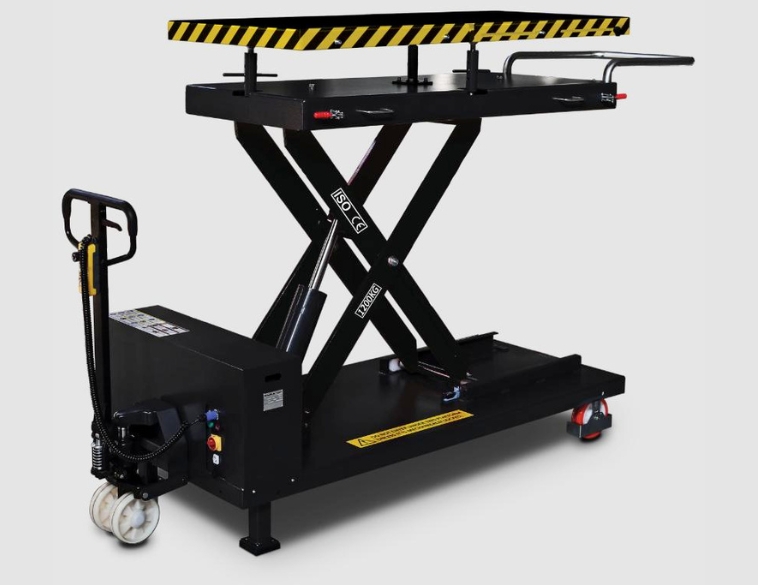They are coming, and aftermarket shops need to be ready to service them.
Electric Vehicles are currently a hot topic of conversation across the entire automotive industry. Adding fuel to the topic is the federal government’s declaration that 100% of all new vehicles be electric by 2035. Not surprisingly this, and other similar political moves are putting pressure on OEMs to rapidly introduce more EVs to the market. On the service side, more EVs entering the market means that more will ultimately find themselves in aftermarket service bays.
Tamara Ghosn, Service Manager at Roy Rump & Sons Tire & Auto Centre in Ottawa, Ont., notes that in many cases, aftermarket shops aren’t seeing EVs in any significant numbers yet and preparing for the next generation of vehicles in terms of training, equipment and tools can seem overwhelming at times.
A true understanding
“I feel the best option for businesses like ours, is to attend big trade events and conferences like AAPEX and the SEMA Show, so we can really get an understanding of what’s needed to repair and service the vehicles of tomorrow,” she explains.
Ghosn also acknowledges that if independent repair centres want to remain viable in the next decade, they need to proactively take steps to prepare for EVs now. “You’re going to have to invest in the right equipment and tools to service them, and you need to make sure your technicians are prepared and are safe when handling these vehicles.” Masks, boots, gloves, and other safety gear are essential, as are specialty tools such as EV aligners and service lifts, as well as EV battery lifting frames and mobile benches. Ghosn also notes that shops may likely need to re-configure the layout of their service bays in order to incorporate dedicated EV servicing.
At Eldon Ingram NAPA AUTO PRO in Stratford, Ont., owner-operator Rob Ingram has long advocated his service advisors and technicians are prepared for the future and that it includes investing in the latest tools and equipment to properly service and repair vehicles, including EVs and hybrids. Ingram says that it’s important that technicians are able to properly use all the tools at their disposal, which is why training is such a vital part of being able to perform proper repairs, whether on traditional vehicles, hybrids, or battery electrics. In some cases, Ingram will close the shop for a day or two, to ensure staff is properly trained and equipped. “It’s all part of playing the long game,” he says.
Same business, different tools
Chris Besemer, President of CG Motorsports in Richmond, B.C., has taken some significant steps for servicing EVs. Being based in a market that is at the forefront of the push toward electric vehicles, has also provided an opportunity to get familiar with servicing requirements and tools. He says that overall, it is “business as usual, but the tools we are buying to service EVs are different.”
Besemer notes that having a designated high-voltage service area for EVs is a must. “A cordoned-off area of the shop specifically for working on high-voltage systems, that’s clearly labelled, with safety parameters in place to ensure technicians who are only working on those vehicles can enter is key,” says Besemer.
CG Motorsports already has EV lifts, frames, and benches in place for handling EV batteries. He notes that as time goes on and the number of electric vehicles proliferates, so will the range of tools and pricing options. Besemer also notes that some EV manufacturers, particularly smaller, boutique operations, have also focused on setting up satellite service centres.
In these kinds of situations, these EV manufacturers will team up with existing service centres and work with them to equip the shop with the right tools and equipment as well as training to handle service on their vehicles. “It’s a really big win for operations like ours,” Besemer explains. “They’re basically saying, we’ll train you and we’ll equip you. So, it’s an easy transition for us.”



